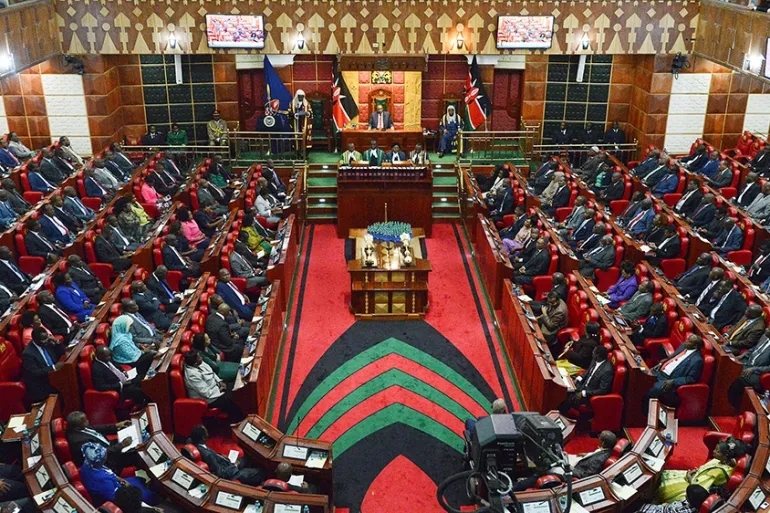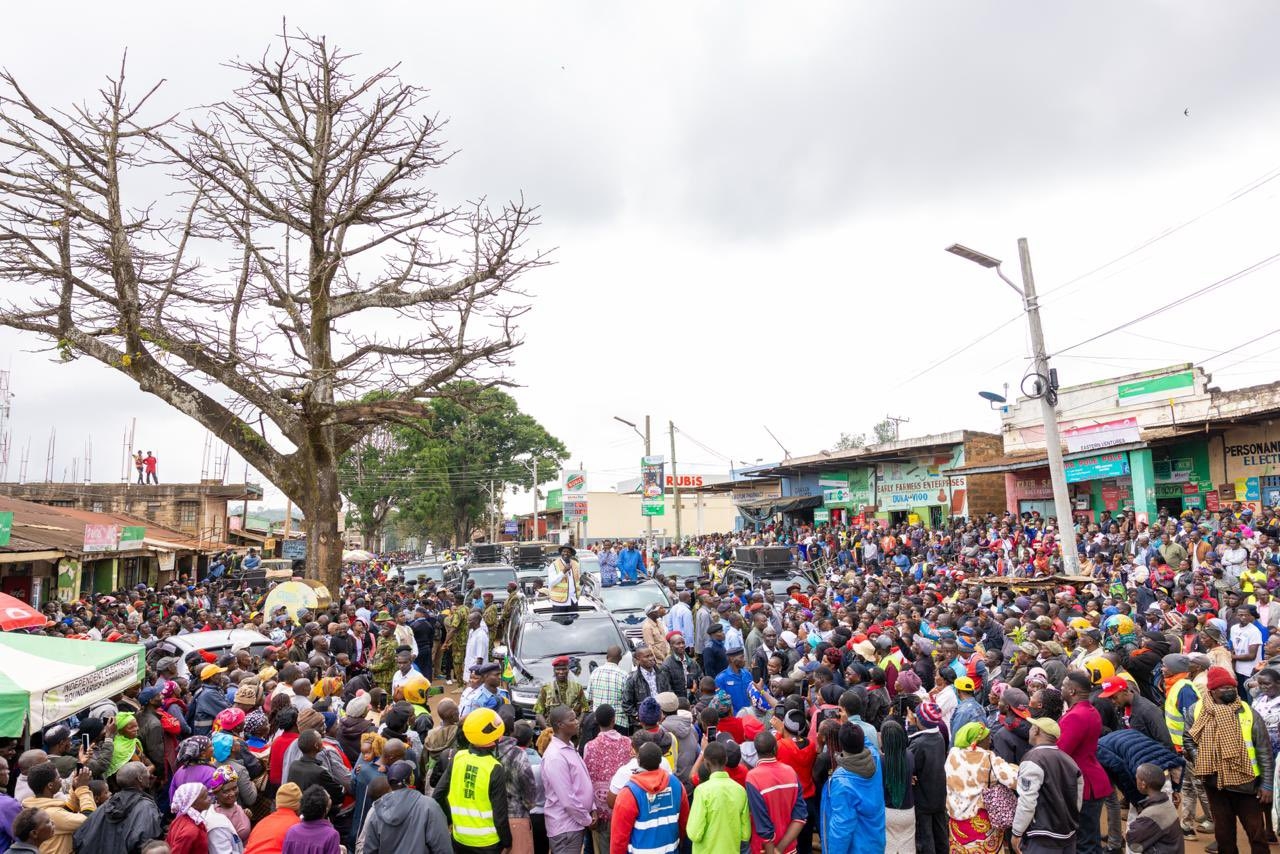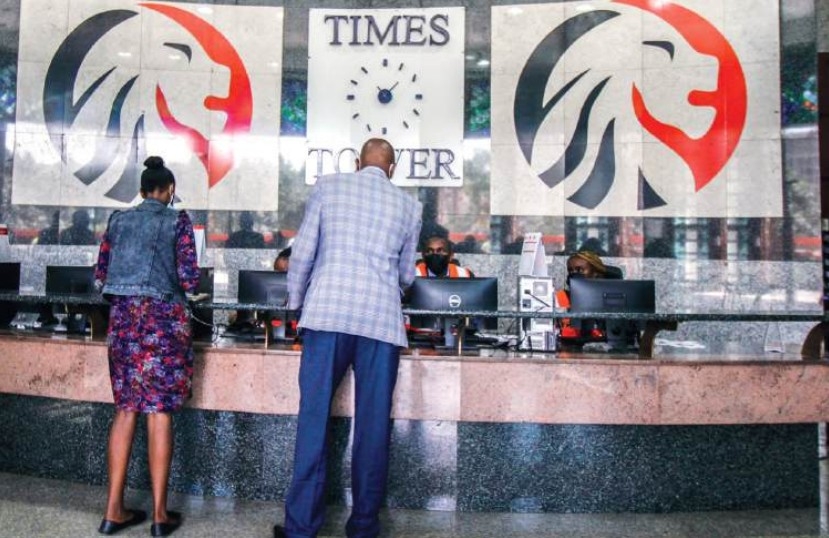The stock of bad loans held by commercial banks grew by Sh19 billion in two months to February, an indication that borrowers are struggling to repay.
Speaking at a post Monetary Policy Committee (MPC) press briefing yesterday, CBK governor Patrick Njoroge attributed the poor debt performance to delayed payments by both public and private entities and slow uptake of housing units.
According to the banking regulator, the ratio of Non-performing Loans (NPL) to gross loans grew to 12.8 per cent in February from 12 per cent in December, with Sh6 billion originating from the real estate sector.
‘’The banking sector remains stable and resilient with average liquidity and capital adequacy ratios standing at 49.8 and 18.1 per cent respectively. The ratio of gross bad loan however grew,’’ Njoroge said.
The global ratings agency Moody’s last year rated Kenya among economies in Africa with high non-performing loans.
The CBK data for nine months to December shows that non-performing loans rose to Sh326 billion from Sh260 billion in a similar period in 2017, driven by heavy defaults from small businesses.
Consequently banks slowed loans disbursement during the period under review with total loan book reducing by Sh8 billion. Most lenders opted for government securities.
Full year results of tier one banks for the period ended December 31, 2018 shows, most lenders increased investments in government securities with Equity Bank leading the pack with Sh161 billion up from Sh128 billion in 2017.
Even so, lending to the private sector improved, growing by 3.4 per cent in the 12 months to February, compared to three per cent in January, reflecting strong growth in credit to finance and insurance, manufacturing and trade.
Lending to the agricultural sector however depreciated further by 2.6 per cent in February from 0.2 in December, a four month low.
The MPC is however optimistic that the country’s economy will still grow by 6.3 per cent on stable microeconomics.













